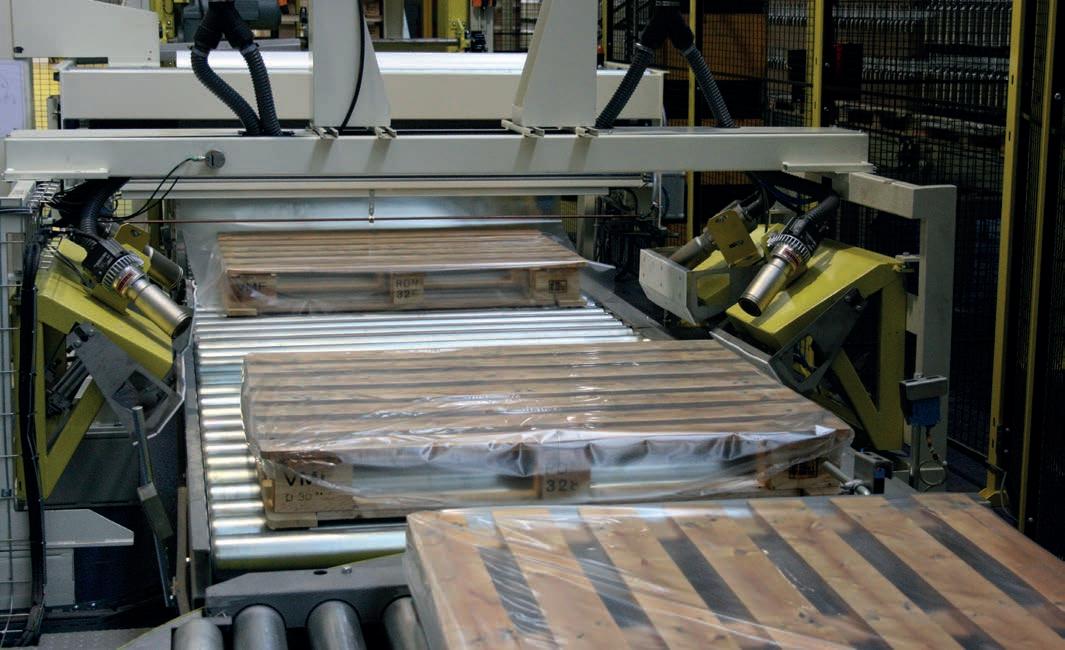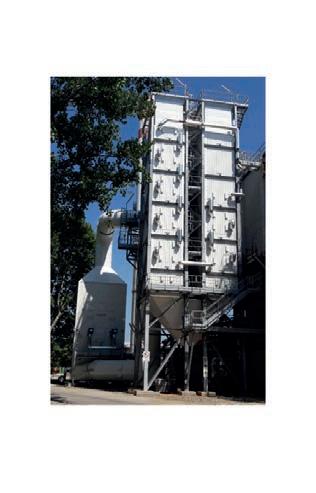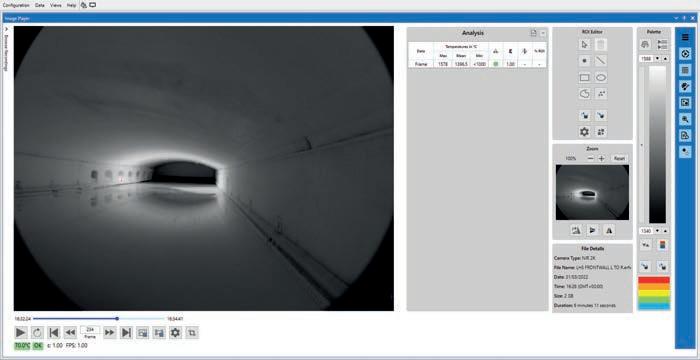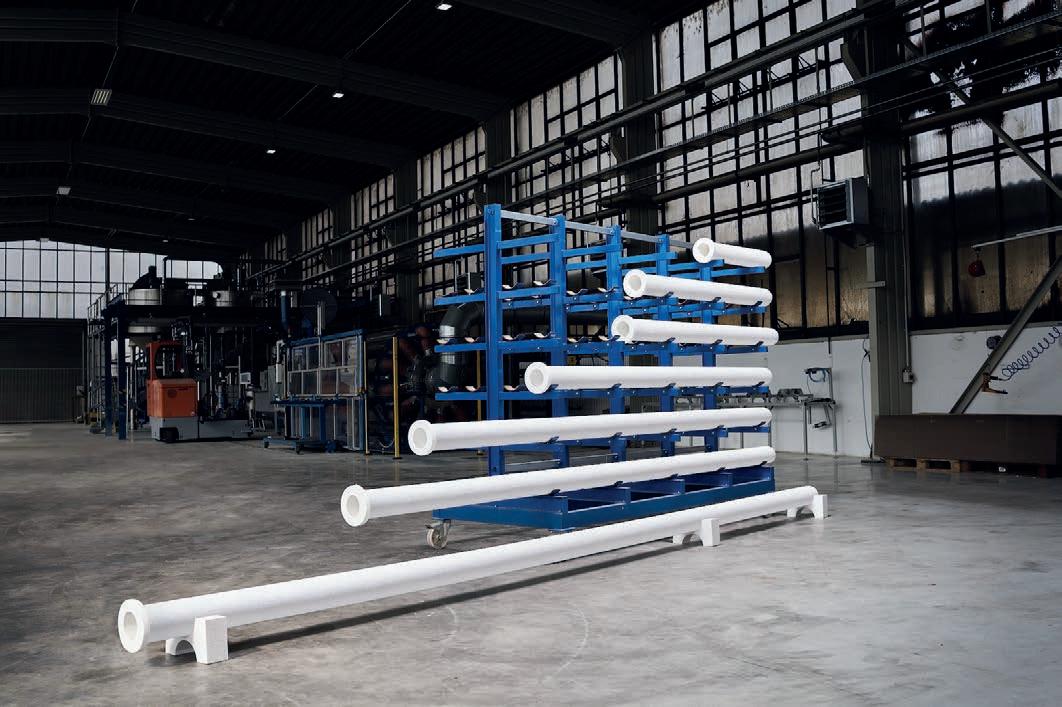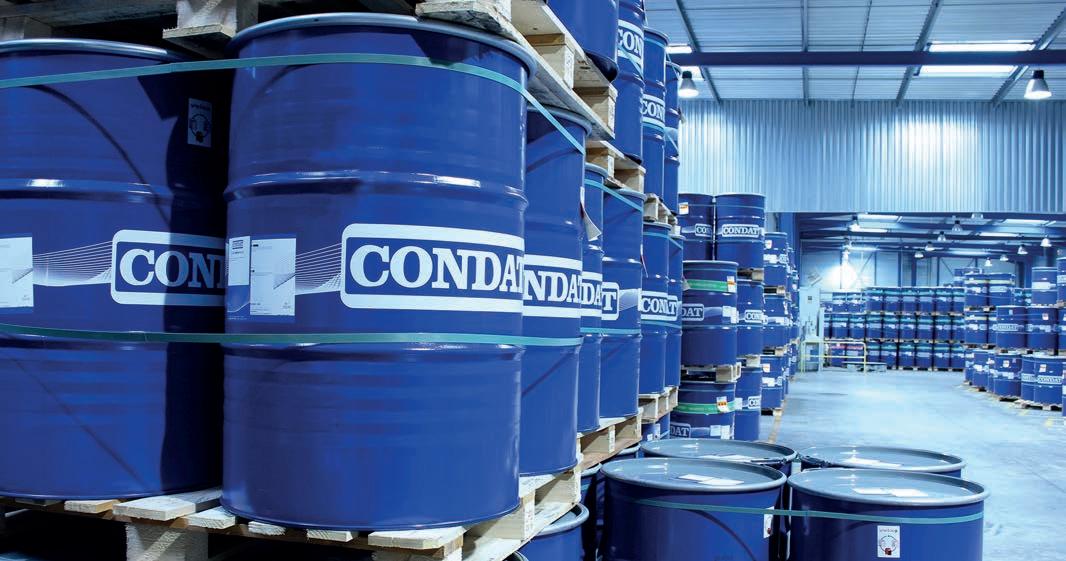
6 minute read
Decarbonisation: British Glass
British Glass explains the UK’s net zero strategy
Mark Pudner* discusses the UK glass industry’s route to net zero. While technologies such as hydrogen and carbon capture storage will play a part, renewable electricity is believed to be the main energy source for glass manufacture.
In 2021, British Glass published the UK Glass manufacturing sector’s net zero strategy to demonstrate that net zero can be achieved by 2050, and set out a range of policy measures required to enable that transition.
The publication followed many years of working with government and publishing the glass sector decarbonisation roadmap in 2014, which was closely followed by the BEIS glass sector decarbonisation strategy in 2015.
Since then, there has been rapid growth in decarbonisation research in the UK and EU, and much of the technologies, such as hydrogen and carbon capture storage, which were originally dismissed in 2014, are all now looking promising to help achieve net zero.
Routes to net zero
Several possible routes to achieve net zero have been considered, however the sector is currently limited in how much progress it can make as much of the infrastructure is not yet available and alternative low carbon fuels are not cost competitive.
When considering the coming years, we assumed that several measures would be implemented: furnaces transitioning to oxy-fuel melting, short term use of biofuels and sites installing waste heat recovery.
The uptake of biofuels will be largely dependent on cost and availability. If a sustainable source of competitively priced biofuel could be made available, some glass manufacturers could reduce a large proportion of carbon emissions, though this is viewed as a transitionary measure.
Longer term, we expect electricity will be the main energy source used for glass manufacture, which will be supplemented by some hydrogen where a full switch to all electric melting is not viable.
Using electricity for glass melting is a far more efficient use of energy and is also associated with very low emissions of other pollutants. This is important as we will be expected to significantly reduce other emissions such as NOx and SOx by 2050.
For float glass there was uncertainty over the amount of electricity that could be used so a much lower proportion of electricity was applied in the modelling.
It was assumed that longer term hybrid furnaces will gradually switch from natural gas to hydrogen and outstanding technical issues are addressed to allow furnaces to be future proofed to allow for the switch.
Some blue hydrogen is expected to be available from the mid-2020s, but it will be 2035 and beyond before it is available more widely.
Reduction of process emissions
Process CO2 emissions will be the most difficult to abate, however it is assumed that there will be a reduction due to increased cullet use and research is ongoing with the use of alternative raw materials from waste (Glass Technology Services led EnviroAsh project) and calcined raw materials. However, there are challenges with the recovery of postconsumer flat glass and quality cullet availability.
Overall, our data shows that between 2002 and 2018 the average CO2/tonne packed for the sector (including emissions from electricity generation) has reduced by 23%. This is due to improvements in
energy efficiency, increased cullet use, and decarbonisation of the electricity grid.
As Fig 1 shows, we believe the sector can go carbon negative by 2050 due to the negative grid emissions. Further savings could be made if the carbon savings of products, such as energy efficient glazing, are included.
Impacting policy
A key part of the strategy are the policy recommendations that will enable the transition to net zero whilst ensuring that our sector remains competitive and is protected from carbon leakage.
Without a secure supply of competitively priced low carbon fuel the sector will not be able to decarbonise whilst remaining competitive.
Under our energy cost policy recommendations, we propose establishing a funding mechanism to support operational, as well as capital costs associated with switching to low carbon fuels.
This could be, for example, through a government business model that encourages the electrification of industrial heat by supporting the additional cost of electricity. This would protect first movers and accelerate the decarbonisation of the sector.
We also recommend reforming electricity pricing to reflect the much lower costs of supplying low-carbon electricity and that our sector is exempt from additional policy costs which are likely to be added to the cost of natural gas in the future.
Under the recommendations for infrastructure, we advocate upgrading and future-proofing electricity capacity and networks to enable electrification of glass manufacturing. Alongside this, we recommend support for the high cost of upgrading site electricity connections for electrification of glass manufacturing. For dispersed sites it will also be important to ensure that hydrogen infrastructure allows connections as early as possible.
Whilst we are making good progress on solutions for decarbonisation, we still need government to continue support for deep decarbonisation innovation projects and introduce funding for large scale industrial demonstration projects.
In terms of policy on circular economy, our strategy recommends improved consistency across UK container glass recycling and for support for innovation in the recycling system to increase yields of glass available for remelt. This year we were successful in keeping glass out of the English deposit return scheme, which would have decreased the volume of glass going to remelt.
Although there are established schemes for the collection of pre-consumer flat glass, most of the post-consumer glass from construction projects will end up in landfill. To address this issue, we recommend the recycling of flat glass is written into public sector contracts, reforming building regulations on design for end of life to increase recycling of flat glass and raising awareness of the circular options within the construction industry.
At British Glass, we recently responded to the UK ETS consultation which proposed aligning the number of CO2 allowances distributed through the scheme each year to 2030 with net zero.
Whilst we support the government’s commitment to achieve net zero by 2050, the reduction in allowances to 2030 is not achievable as it does not align with other government decarbonisation policies on infrastructure and availability and cost of low carbon fuels. This will dramatically increase carbon compliance for our sector whilst we will be unable to react to reduce our emissions.
Another key area of work is electricity costs. UK glass sites have higher electricity costs than equivalent sites in the EU. Sites in Germany and France benefit from a reduction in network costs due to the valuable contribution they make to the grid in providing a stable base load. We have been pushing for this for a while and later this year we are expecting a consultation on reducing network charges.
Another element of the electricity charge that could be reduced for our sector are the indirect carbon costs.
The carbon cost is made up of the UKETS cost and the carbon price support (CPS). The CPS is an outdated policy which was introduced when carbon prices were very low to support the move away from coal fired generation. Now that carbon prices in the UK ETS exceed £80/tonne we no longer see a need for this policy, especially given the recent electricity prices. Abolishing the CPS is a simple measure that the government could take to help reduce everyone’s electricity costs.
Overall, while there is still progress to be made in the short and long term for both policy and infrastructure to allow the glass sector to achieve net zero, we still believe this is possible by 2050 and we will continue to work alongside industry and government to pave the way to carbon free glass manufacturing.
To read the UK glass industry net zero strategy visit – www.britglass.org. uk/knowledge-base/resources-andpublications �

Fig 1. Potential route to net zero by 2050.
*Senior Technical Advisor, British Glass, hapelto , She el , K https://www.britglass.org.uk/




